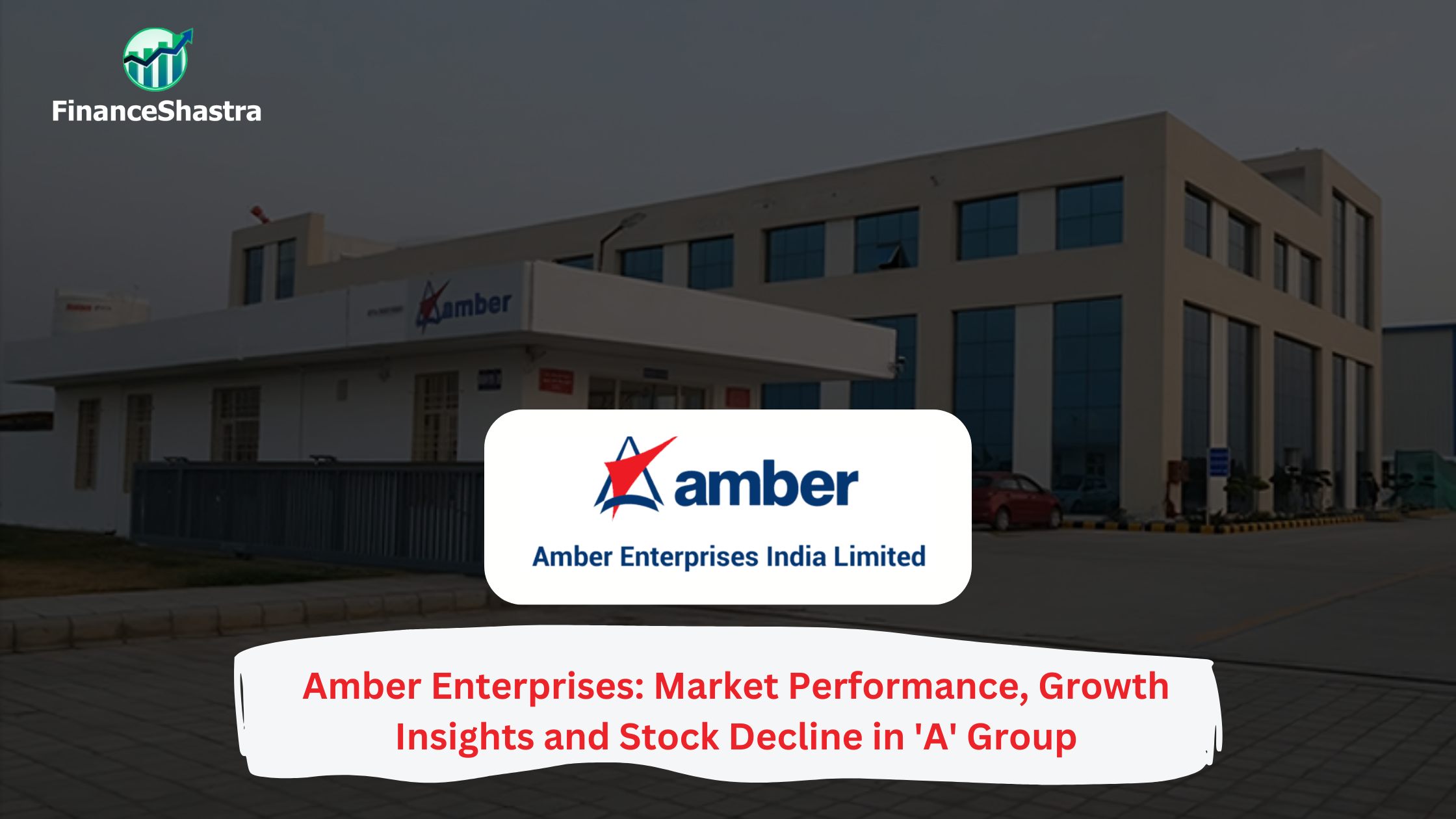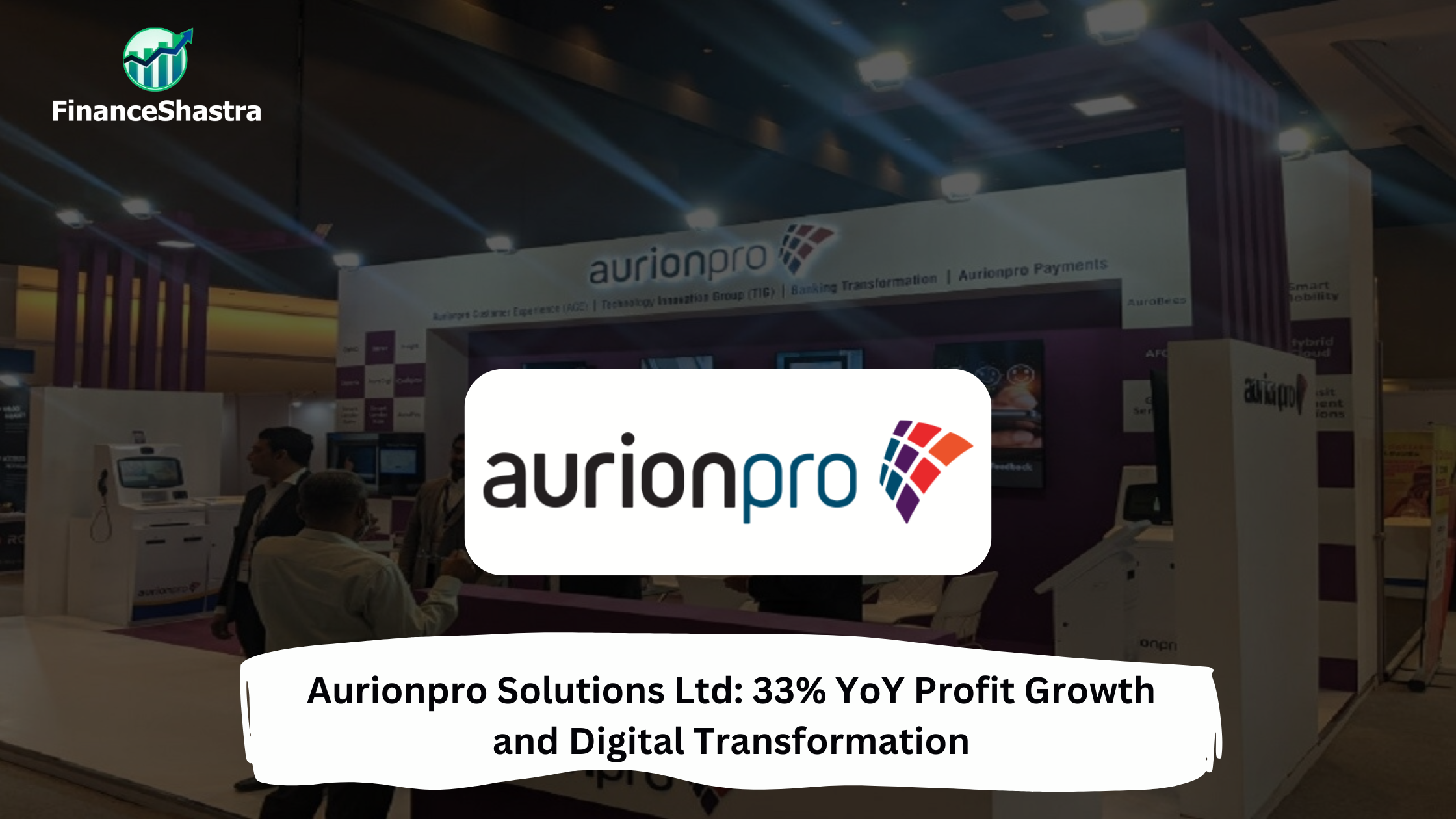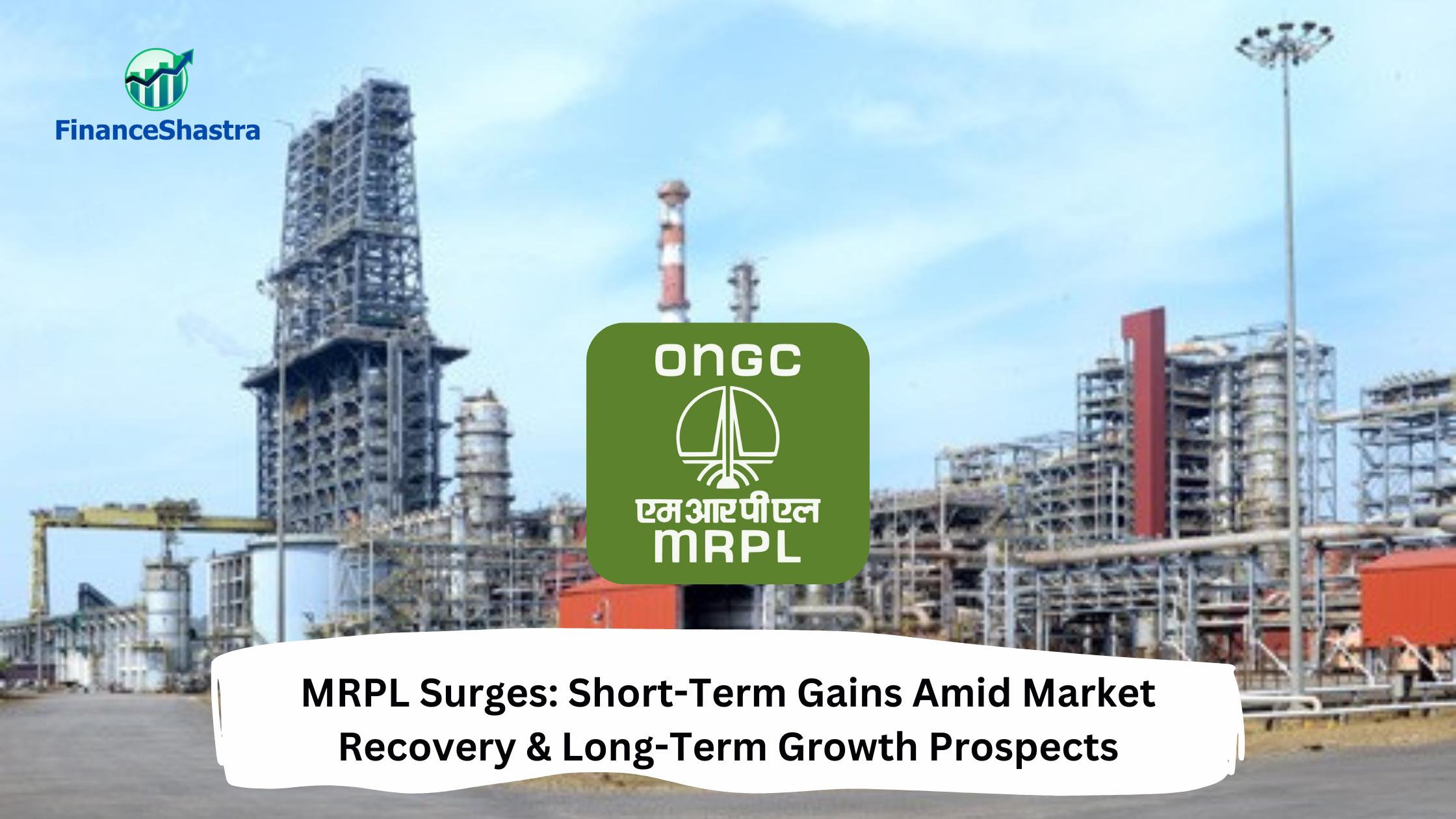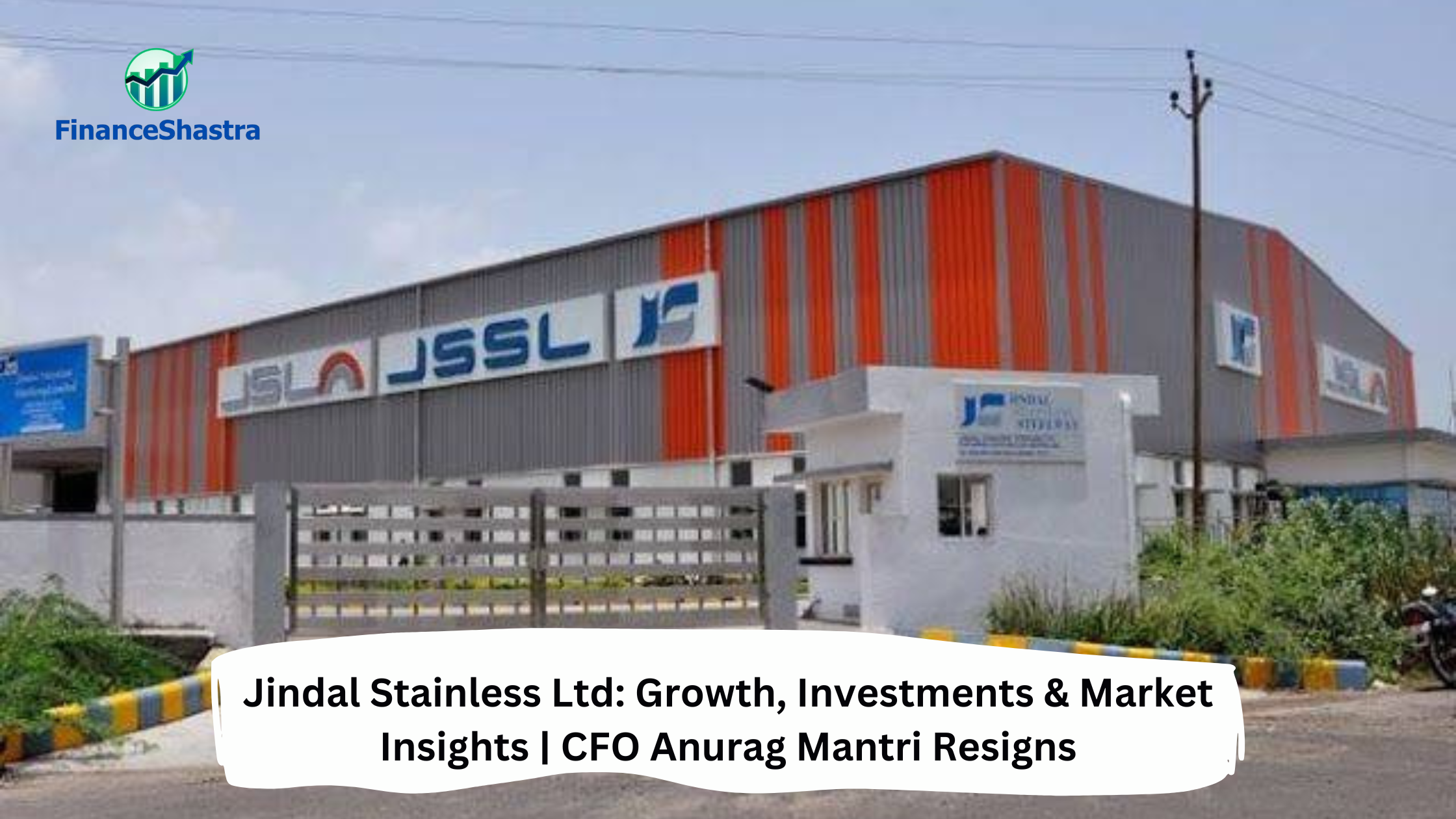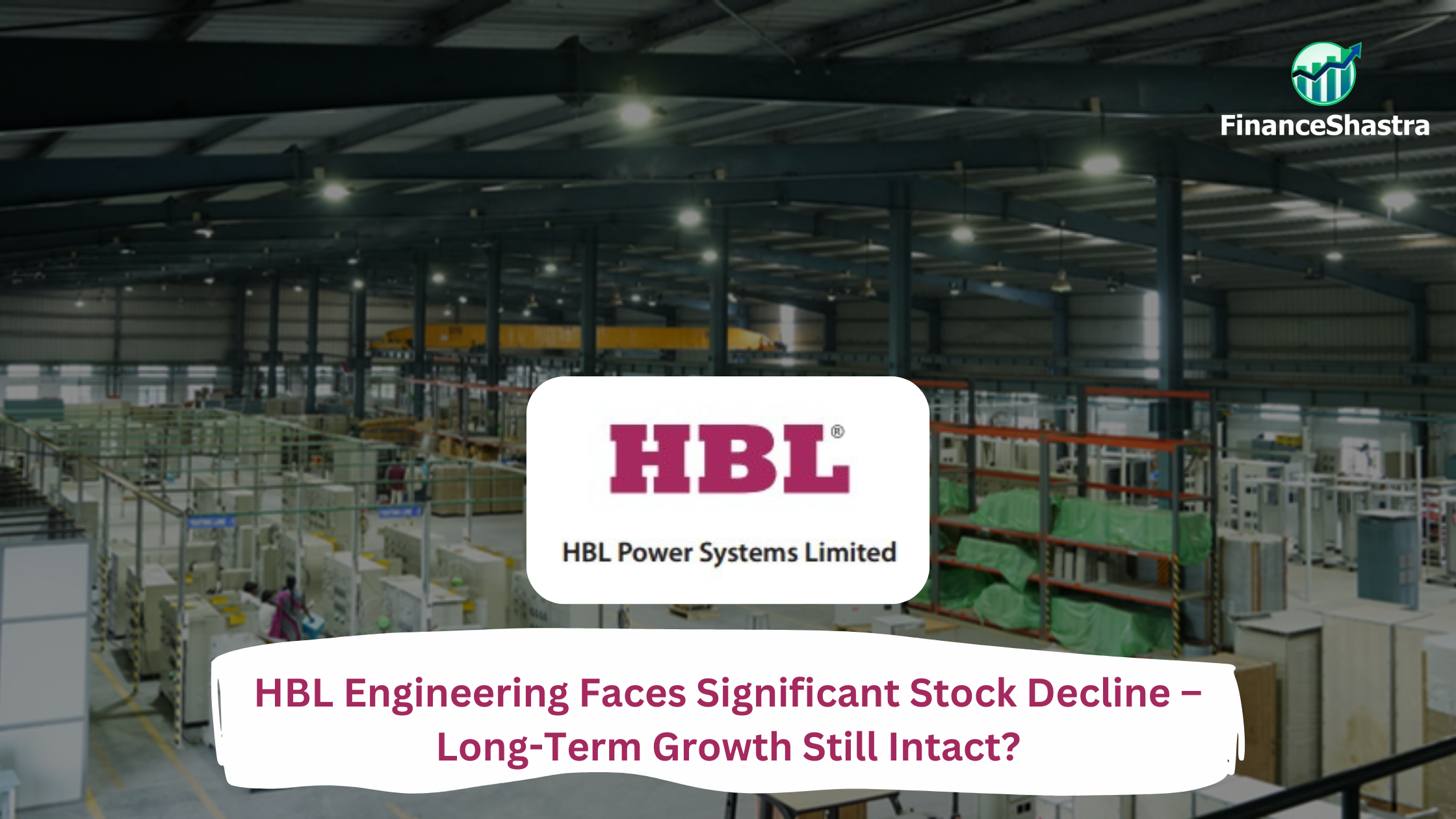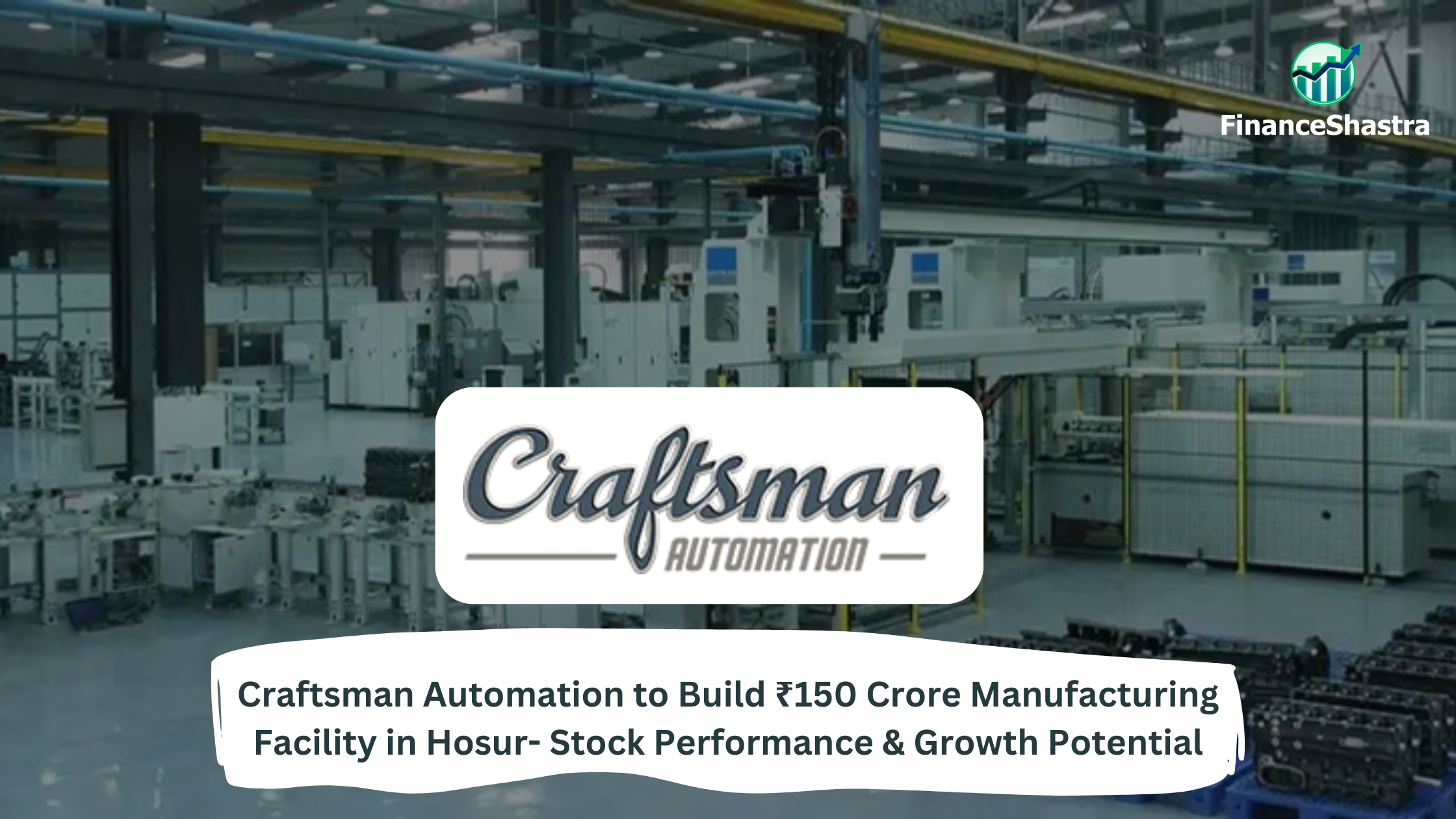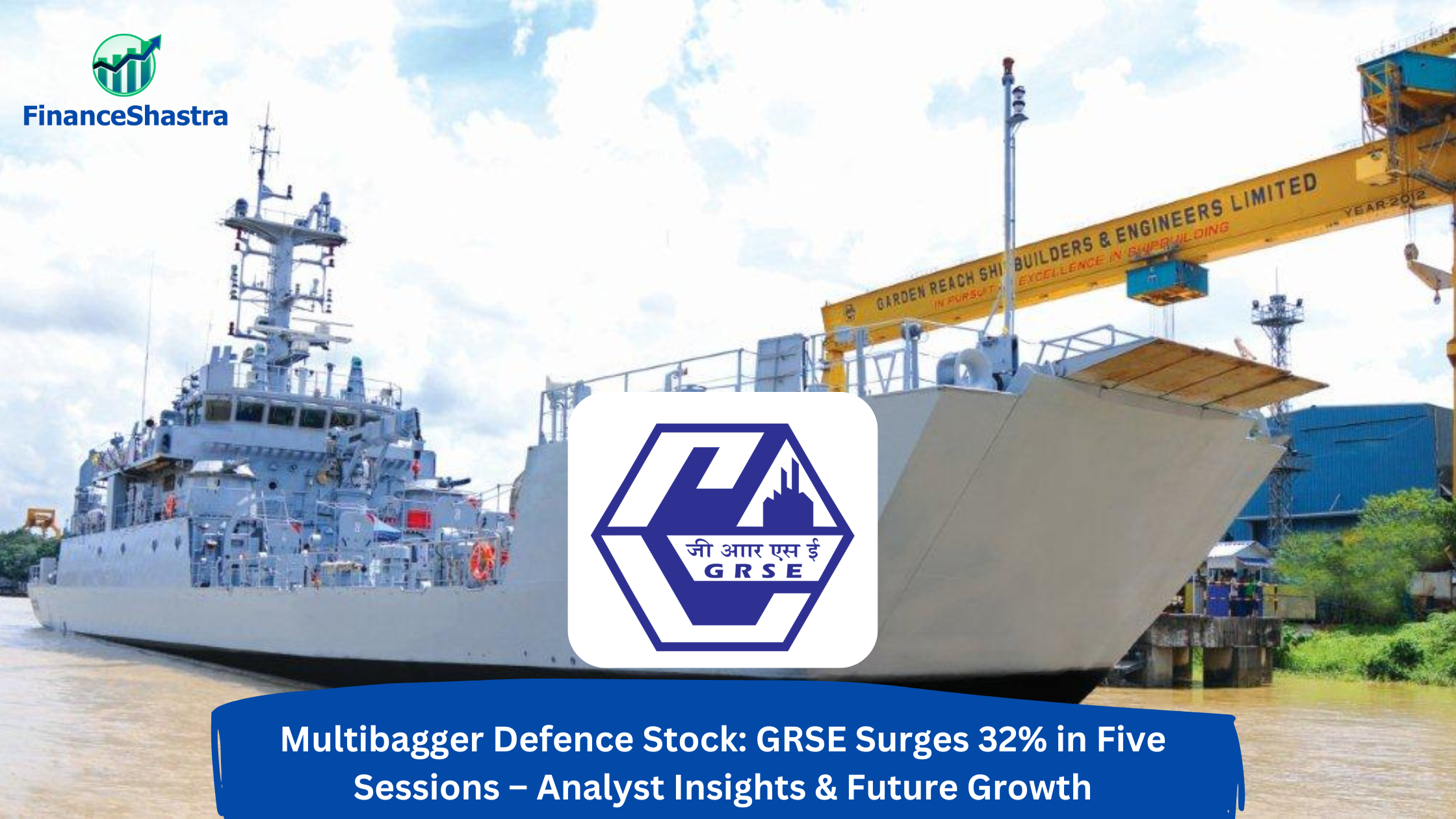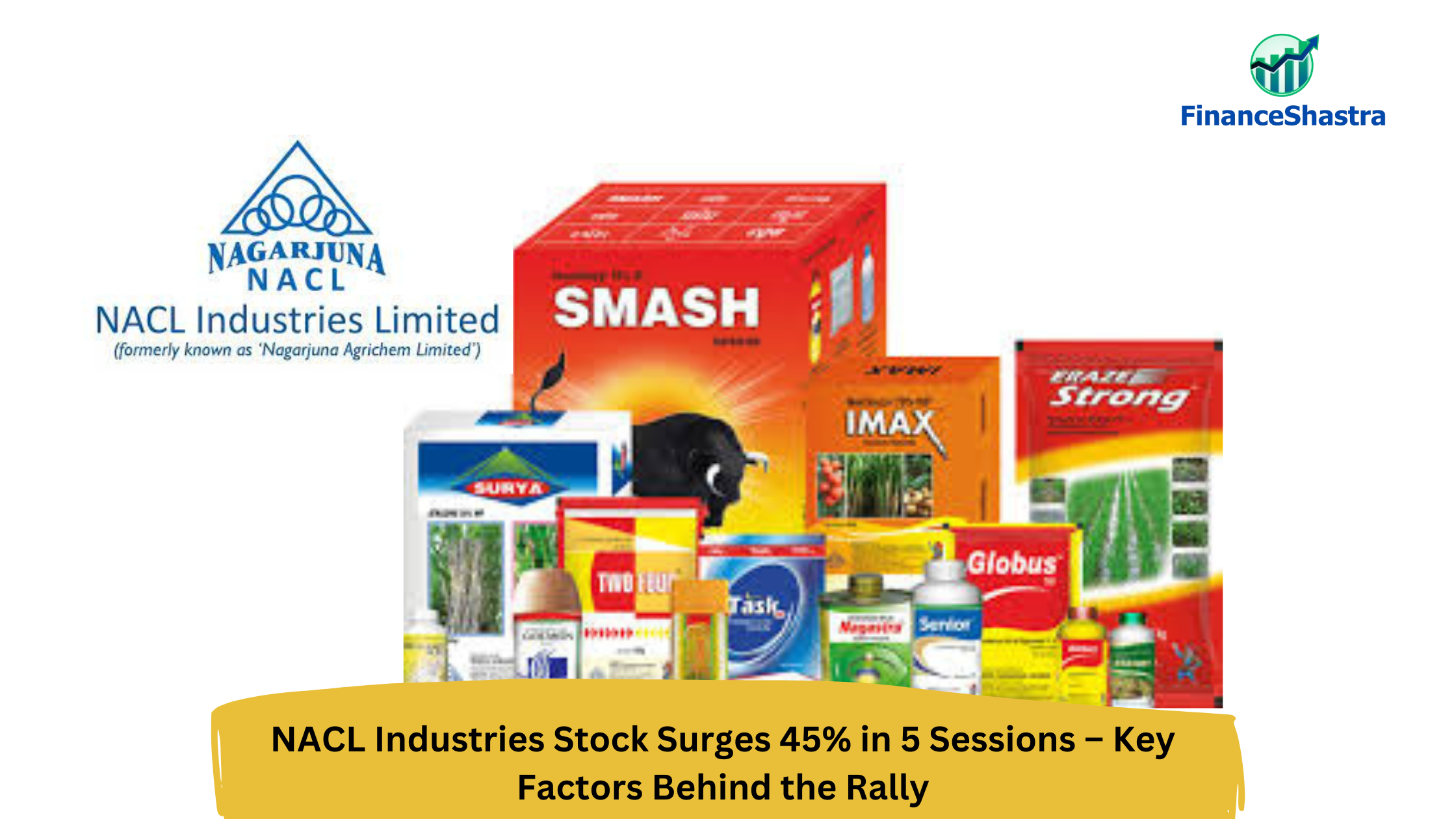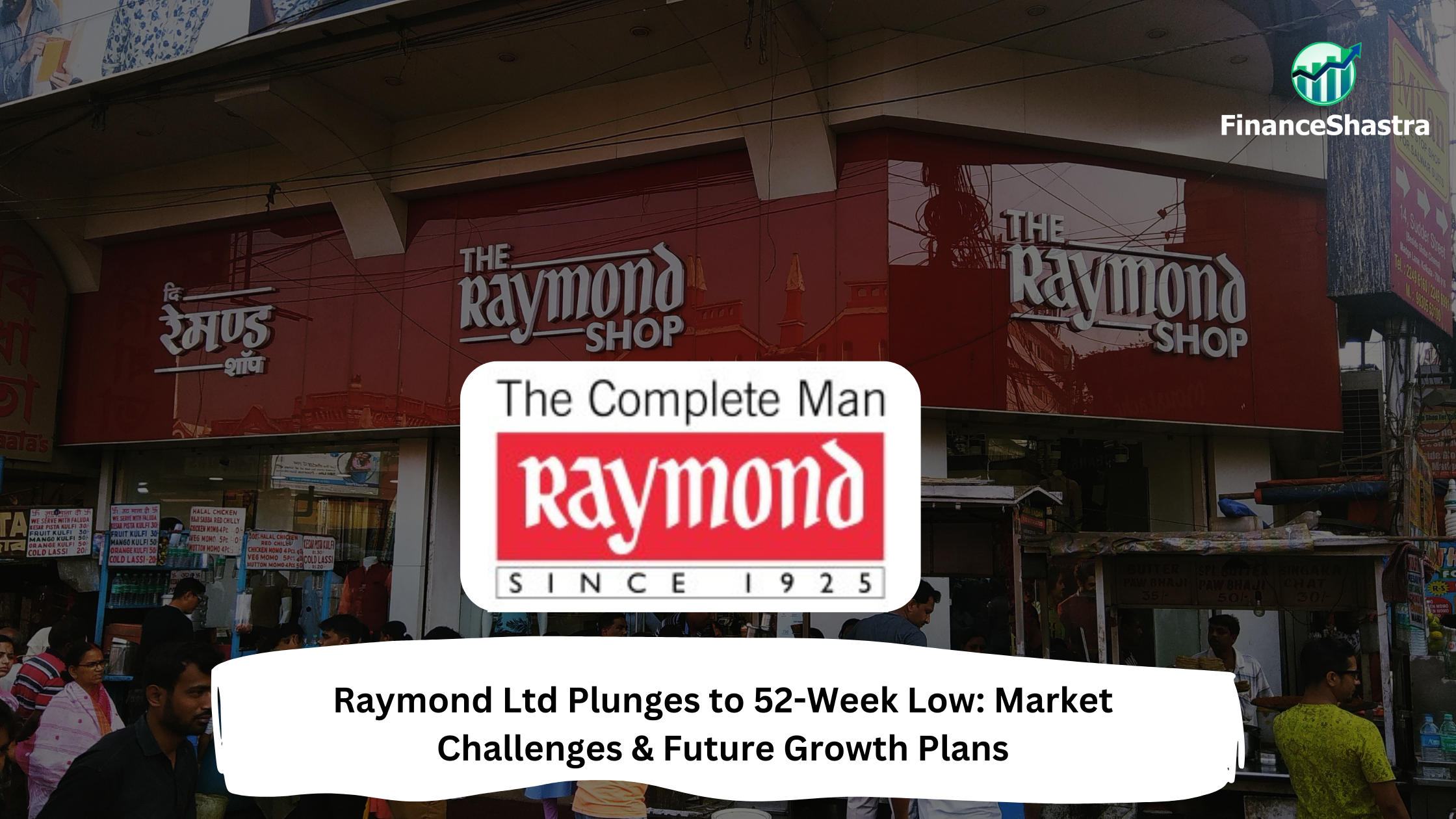Amber Enterprises: Market Performance, Growth Insights and Stock Decline in ‘A’ Group
Business and Industry Overview:
Amber Enterprises India Limited is a leading company that makes air conditioners and their parts. It has been in this business for over 30 years. The company provides full solutions for heating, ventilation, and air conditioning (HVAC). It works with big brands in India and other countries. It makes important parts like heat exchangers, copper tubing, and plastic parts. These parts help improve the quality and performance of air conditioners.
The company has different divisions. The consumer durables division focuses on making air conditioners. The electronics division makes printed circuit boards (PCBs). These are used in cars, home appliances, and industrial machines. The company also makes special PCBs for airplanes and defense equipment. The railway and defense division makes parts for trains. It also provides cooling systems for telecom, buses, and defense projects.
Amber Enterprises has 30 factories in India. It has more than 18,000 employees. Over 250 engineers work in research and development (R&D). The company invests in new technology and better products. It focuses on making high-quality products that are also good for the environment.
As of March 2025, the company has a market value of ₹24,286 crore. Its stock price is ₹7,180. It is listed on the stock market with codes BSE 540902 and NSE AMBER. The company is growing steadily and making profits.
Amber Enterprises has strong leadership. Kartar Singh is the Chairman. Daljit Singh is the Managing Director. Sudhir Goyal is the Chief Financial Officer (CFO). Konica Yadav is the Company Secretary. The company keeps improving its products. It is known for its focus on innovation, quality, and sustainability.
The HVAC (Heating, Ventilation, and Air Conditioning) industry in India is growing quickly. Many factors are driving this growth. More people are moving to cities. This increases the need for air conditioners in homes, offices, shopping malls, hospitals, and other buildings. Rising incomes allow people to buy better cooling systems. The climate is changing, making air conditioning necessary in many places. Summers are getting hotter, increasing demand for cooling. As real estate grows, more buildings need HVAC systems for comfort.
The Indian government is supporting this industry in many ways. Programs like ‘Make in India’ and ‘Atmanirbhar Bharat’ encourage companies to manufacture HVAC products within the country. The Production Linked Incentive (PLI) scheme provides financial support to increase production. The government has also set energy efficiency goals. These aim to reduce electricity use and help India become carbon neutral by 2070. These policies encourage the use of eco-friendly and energy-efficient HVAC systems.
Experts predict that the Indian HVAC market will reach $30 billion by 2030. It is expected to grow at an annual rate of 15.8%. People are becoming more aware of indoor air quality. They also understand the benefits of energy-efficient cooling systems. This awareness is driving demand for advanced HVAC solutions. New smart technology is improving HVAC systems. IoT-based air conditioners, smart thermostats, and automated climate control systems are making cooling more efficient and easier to use.
There are many opportunities in this sector. The middle-class population is growing. More people are buying air conditioners. Smaller cities and towns, known as Tier II and Tier III cities, are developing rapidly. This creates a huge market for HVAC products. New technology, like variable refrigerant flow (VRF) systems, helps save energy. Green building projects are also increasing. Certifications like Leadership in Energy and Environmental Design (LEED) and Green Rating for Integrated Habitat Assessment (GRIHA) encourage the use of energy-saving HVAC systems. There is also a high demand for maintenance and repair services. Companies providing these services have great business opportunities.
However, the industry faces some challenges. Air conditioning systems are expensive. Many people in India cannot afford them. There is also a shortage of skilled technicians. Installing and maintaining HVAC systems requires trained professionals. Meeting government energy efficiency standards is difficult for some companies. Many consumers do not know about the benefits of energy-efficient air conditioners. This slows down the adoption of new technology.
Despite these challenges, the HVAC industry in India has a bright future. More people are buying air conditioners. Companies are developing better technology. The government is providing strong support. Businesses that focus on energy-efficient, smart, and eco-friendly HVAC solutions have great potential. The industry will continue to grow as technology improves. More people will understand the importance of good indoor air quality and energy savings. This will help the HVAC sector expand further in the coming years.
Amber Enterprises Ltd. is a big company in India. It makes air conditioners and their important parts like heat exchangers, copper tubes, and plastic parts. Many famous brands trust Amber to make their products. The company has 30 factories across India. These factories help in making products fast and delivering them on time.
Amber has 250+ engineers who work on new ideas. They try to make air conditioners better and save more energy. The company also makes printed circuit boards (PCBs). These are used in TVs, cars, airplanes, and other machines. Amber also provides cooling systems for trains, buses, and the army. This helps the company grow in different industries.
The Indian government supports companies that manufacture in India. Programs like ‘Make in India’ and the PLI scheme help Amber make more products at lower costs. The government also wants to reduce pollution and save energy by 2070. Because of this, energy-saving air conditioners are becoming more popular. Amber is working on products that use less electricity and are better for the environment.
Amber faces some challenges. Many companies make air conditioners, so there is a lot of competition. The prices of materials like copper and aluminum keep changing. This makes it hard to control costs. There are not enough trained workers to install and repair air conditioners. The government also has strict rules that companies must follow.
Even with these challenges, Amber is growing fast. More people in India are buying air conditioners for homes, offices, and malls. Amber is making smart and energy-saving air conditioners to meet this demand. With strong factories, expert engineers, and government help, Amber will keep growing and remain a leader in the air conditioning industry.
Latest Stock News:
Amber Enterprises is a leading company in India. It makes air conditioners and important electronic parts. Many big brands buy these products from Amber. The company is growing fast because more people are buying air conditioners. Electronics demand is also increasing. In the last three months, Amber’s sales grew by 65% compared to last year. This growth came from strong demand for cooling and electronic products. More homes, offices, and factories need air conditioning. The electronics division is also expanding fast. Amber supplies parts for industries like automobiles, consumer electronics, and industrial machines. To grow even more, Amber is making big investments. It is spending INR 6.5 billion on Ascent Circuits, a company that makes electronic parts. This will help Amber expand its electronics business. Amber is also working with a Korean company to make more products in India. This is part of the Production Linked Incentive (PLI) scheme. The Indian government supports local manufacturing through programs like ‘Make in India’ and ‘Atmanirbhar Bharat’. This helps companies like Amber produce more and rely less on imports.
Amber’s financial future looks strong. Experts say its sales will grow by 26% per year from FY24 to FY27. Its profits will also increase quickly. The company’s earnings before costs (EBITDA) will grow by 33% per year. Its net profit (PAT) will rise by 62% per year. This means Amber is becoming more successful and making more money.
Amber’s stock has performed better than the Sensex. It has given good returns over both short-term and long-term periods. However, on March 21, 2025, the stock price fell after a four-day gain streak. Despite this, Amber remains a strong company with good future growth potential.
With more demand for air conditioners and electronics, Amber is in a great position. It is increasing production and bringing in new technology. Government support is helping the company grow. With strong sales, big investments, and a focus on new opportunities, Amber is expected to expand even more in the coming years.
Potentials:
Amber Enterprises is growing fast and has big plans for the future. It is building two new factories to make more air conditioners and electronic parts. The company is also expanding into electronics by making its own printed circuit boards (PCBs) through a new partnership with Korea Circuits. Amber is entering the washing machine business by working with Resojet to make fully automatic washing machines. It is also making parts for trains and has partnered with Titagarh Rail Systems and Yujin Machinery to supply train doors and other components. Amber wants to sell more products in other countries and has set up a sales team in the U.S. to find new customers. The Indian government is helping local manufacturers through the Production Linked Incentive (PLI) scheme, which benefits Amber. With these plans, the company is set to grow in different industries and expand its business.
Analyst Insights:
- Market capitalisation: ₹ 23,648 Cr..
- Current Price: ₹ 6,991
- 52-Week High/Low: ₹ 8,177 / 3,310
- Stock P/E: 106
- Dividend Yield: 0.00 %
- Return on Capital Employed (ROCE):10.2 %
- Return on Equity: 6.74 %
Amber Enterprises holds a 29% market share in the room air conditioner (RAC) industry and has shown 28.2% median sales growth over the last decade, with a 30% CAGR in revenue over the last three years, reaching ₹9,025 Cr in TTM revenue. However, the stock is highly overvalued, trading at a P/E of 106.4x, significantly above the sector median (~44x), and at 11.2x its book value, despite low ROE (6.74%) and ROCE (10.2%). The company’s debt has also increased from ₹1,455 Cr in 2023 to ₹1,539 Cr in 2024, and it has no dividend payout. While institutional investors remain confident, and industry tailwinds support growth, the low profit margins (~2%) and high valuation warrant caution, making it a hold for existing investors while new investors should wait for a correction.

